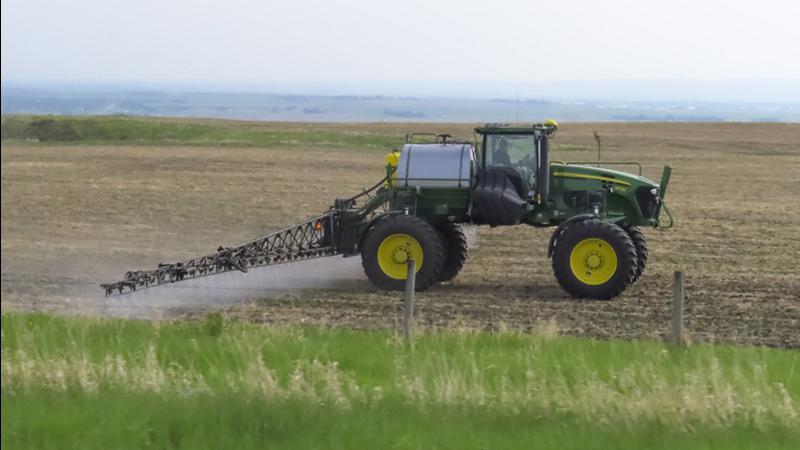
Study examines an agricultural future without Glyphosate
Glyphosate has always been an important tool in a farmers’ toolbox.
Recent concerns about the products’ safety prompted a global strategic intelligence firm to examine what a world without glyphosate would be like if the weed control product was no longer available.
Aimpoint Research released a new report, “A Future Without Glyphosate” exploring the complexities of glyphosate’s impact on the agricultural system, farmers’ livelihoods, the economy, and the environment if the most widely used herbicide in the U.S. was no longer available.
Mark Purdy, Aimpoint Research Chief Operations Officer said, ultimately, the report concluded that U.S. farmers and the agricultural system would eventually adapt, but the near-term consequences to the economy, environment, and farmers would be costly and far-reaching.


